Home>Gardening & Outdoor>Outdoor Entertaining>How Long Does It Take For A Gas Fire Pit To Cool Down
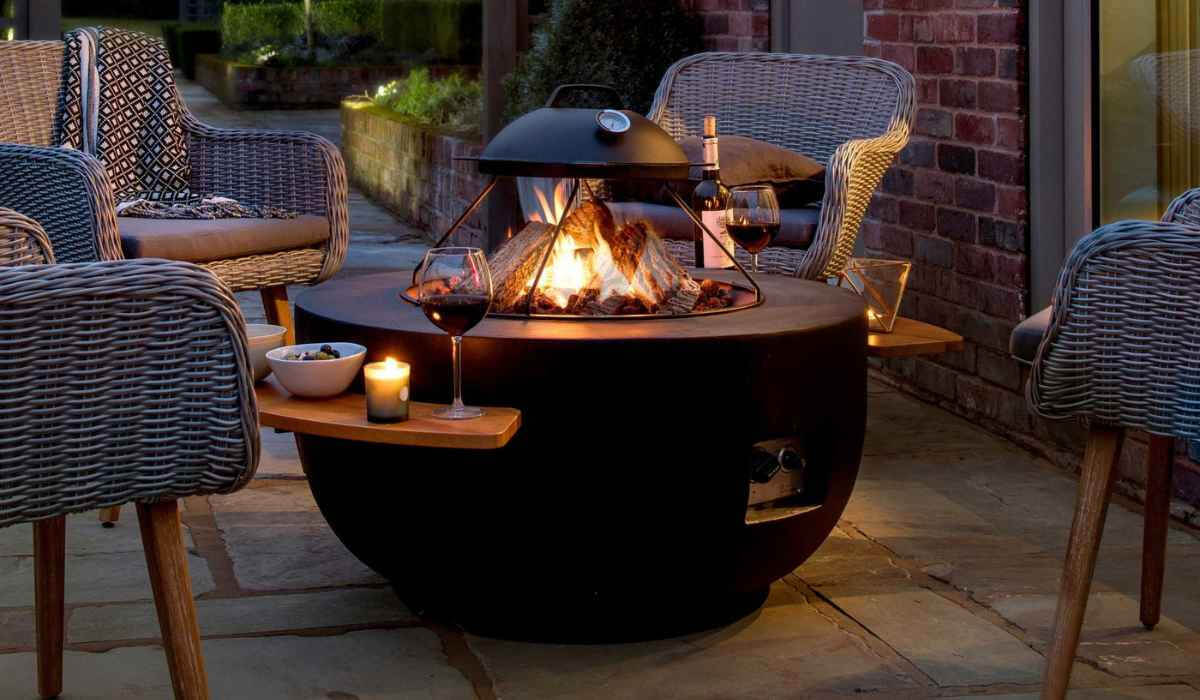

Outdoor Entertaining
How Long Does It Take For A Gas Fire Pit To Cool Down
Modified: February 3, 2024
Discover how long it takes for an outdoor gas fire pit to cool down and ensure safe outdoor entertaining with these tips. Learn more now!
(Many of the links in this article redirect to a specific reviewed product. Your purchase of these products through affiliate links helps to generate commission for Storables.com, at no extra cost. Learn more)
Introduction
So, you've just hosted a fantastic outdoor gathering around your mesmerizing gas fire pit. The evening was filled with laughter, captivating stories, and the warmth of the dancing flames. As the night winds down and your guests bid their farewells, you find yourself faced with the task of tending to your gas fire pit. One question that may cross your mind is, "How long does it take for a gas fire pit to cool down?"
Understanding the cooling process of a gas fire pit is crucial for both maintenance and safety. Whether you're a seasoned outdoor entertainer or new to the world of fire pit gatherings, having a clear grasp of this aspect is essential. In this article, we'll delve into the factors influencing the cooling time of gas fire pits, the average duration it takes for them to cool down, practical tips for expediting the process, and important safety precautions to observe during this period. By the end, you'll be well-equipped to manage your gas fire pit with confidence and ease. Let's embark on this illuminating journey into the world of gas fire pit cooling.
Key Takeaways:
- Gas fire pits take about 1 to 2 hours to cool down after use, depending on factors like size, fire intensity, and weather conditions. Understanding these factors helps in planning and maintenance.
- Practical tips like dispersing heat, enhancing ventilation, and monitoring ambient conditions can speed up the cooling process. Safety precautions, such as establishing exclusion zones and supervising pets and children, ensure a secure environment.
Read more: How To Light A Gas Fire Pit
Factors Affecting Cooling Time
The cooling time of a gas fire pit is influenced by several key factors, each playing a significant role in determining how long it will take for the flames and components to return to a safe temperature. Understanding these factors is pivotal for effectively managing the post-use phase of your gas fire pit. Let’s explore the primary elements that impact the cooling time:
- Size and Material: The size and material composition of your gas fire pit greatly affect its cooling time. Larger fire pits, especially those made of heavy materials like cast iron or steel, retain heat for a longer duration compared to smaller, lighter models.
- Fire Intensity: The intensity of the flames during operation directly correlates to the cooling time. A gas fire pit with roaring flames and high heat output will naturally take longer to cool down than one with gentler, lower flames.
- Weather Conditions: External weather conditions, such as ambient temperature, wind speed, and humidity, can impact the cooling process. Colder and calmer weather generally expedites cooling, while hot and windy conditions may prolong the duration.
- Insulation and Design: The insulation properties and design of the fire pit play a role in heat retention. Well-insulated fire pits, especially those with features like double walls or heat-absorbing materials, tend to retain heat for a longer period.
- Use of Fire Glass or Lava Rocks: If your gas fire pit is equipped with fire glass or lava rocks, they can retain heat and prolong the cooling process. These decorative elements absorb and radiate heat, impacting the overall cooling time.
By considering these factors, you can gain valuable insights into the dynamics of gas fire pit cooling. The interplay of these elements shapes the overall cooling duration, allowing you to anticipate and manage the process more effectively.
Average Cooling Time for Gas Fire Pits
As you eagerly await the post-celebration cooldown of your gas fire pit, understanding the average cooling time can offer valuable guidance. While the specific duration varies based on the aforementioned factors, a general estimate can provide a helpful reference point for planning and maintenance. On average, a gas fire pit takes approximately 1 to 2 hours to cool down after use.
Several variables contribute to this timeframe, making it essential to consider the unique characteristics of your fire pit. Larger, heavier fire pits with high heat output and substantial insulation may lean toward the longer end of the spectrum, requiring closer to 2 hours for complete cooling. Conversely, smaller, lighter fire pits with moderate flame intensity and minimal insulation might reach a safe temperature within 1 hour.
It’s important to note that these estimates serve as a starting point for gauging cooling time. Weather conditions, the presence of heat-retaining materials, and the intensity of the flames during use can all influence the actual duration. Observing your specific fire pit’s behavior and considering the prevailing circumstances will provide a more accurate understanding of its cooling timeline.
By recognizing the average cooling time and the variables affecting it, you can approach the post-use care of your gas fire pit with informed expectations. This insight allows for proactive planning and ensures that the fire pit is safely managed during the cooling process.
After turning off a gas fire pit, it can take around 30 minutes to cool down completely. To speed up the process, avoid adding more fuel and keep the lid closed.
Tips for Accelerating Cooling
When the night draws to a close and the time comes to tend to your gas fire pit, you may find yourself seeking ways to expedite the cooling process. Fortunately, several practical tips can help accelerate the cooldown, allowing you to efficiently complete post-use maintenance. Consider implementing the following strategies to promote swifter cooling:
- Dispersing Heat: Utilize a heat-resistant implement, such as a metal poker or shovel, to gently spread out the remaining embers and fire media. This facilitates heat dissipation and promotes a more rapid cooling process.
- Assisting Ventilation: If your gas fire pit is equipped with adjustable air vents, partially open them to enhance airflow. Improved ventilation encourages heat dispersal and aids in reducing the overall temperature more quickly.
- Removing Fire Media: If applicable, carefully remove fire glass or lava rocks from the fire pit once the flames have been extinguished. These materials retain heat and removing them can expedite the cooling process.
- Applying Water Mist: Spritzing a fine water mist over the fire pit, particularly on the fire media and interior surfaces, can help accelerate cooling. It’s important to use this method sparingly to avoid thermal shock to the materials.
- Monitoring Ambient Conditions: Take note of external factors such as wind speed and ambient temperature. If the weather is conducive, consider relocating the fire pit to an open, well-ventilated area to capitalize on natural cooling effects.
- Utilizing Heat-Resistant Covers: If your gas fire pit is compatible with a heat-resistant cover, place it over the unit once the flames have subsided. This containment can aid in trapping and dissipating residual heat more efficiently.
By incorporating these tips into your post-use routine, you can actively contribute to expediting the cooling of your gas fire pit. These measures not only promote efficient maintenance but also enhance safety by reducing the potential for accidental contact with hot surfaces. With these strategies at your disposal, you can seamlessly navigate the cooldown phase of your gas fire pit, ensuring a well-maintained and safe outdoor entertainment space.
Safety Precautions During Cooling
As you oversee the cooling process of your gas fire pit, prioritizing safety measures is paramount to safeguarding both the equipment and those in its vicinity. Implementing specific precautions during this phase helps mitigate potential hazards and ensures a secure environment. Here are essential safety measures to observe while your gas fire pit cools down:
- Establishing Exclusion Zones: Define a clear perimeter around the fire pit, restricting access to the immediate vicinity during the cooling period. Inform guests and household members about this exclusion zone to prevent accidental contact with hot surfaces.
- Prohibiting Touching: Emphasize the importance of refraining from touching any part of the gas fire pit until it has reached a safe temperature. Communicate this guideline to everyone present to minimize the risk of burns or injuries.
- Supervising Pets and Children: Maintain vigilant supervision of pets and children to ensure they do not approach the fire pit while it cools down. Direct their attention to alternative activities in a separate area to prevent accidental contact with the unit.
- Using Protective Gear: If necessary, wear heat-resistant gloves or use specialized tools when handling components of the fire pit during the cooling phase. This protective gear minimizes the risk of burns and allows for safe manipulation of the equipment.
- Monitoring Combustible Materials: Be mindful of nearby combustible materials, such as furniture, fabrics, and foliage. Ensure that these items are positioned at a safe distance from the fire pit to prevent inadvertent contact with residual heat.
- Checking for Gas Odor: While the fire pit cools, remain attentive to any lingering gas odor. If you detect the scent of gas, refrain from approaching the unit and promptly contact a qualified professional to assess and address the issue.
By conscientiously adhering to these safety precautions, you can effectively manage the cooling phase of your gas fire pit while upholding a secure environment for everyone in the vicinity. These measures not only mitigate potential risks but also foster a culture of responsible fire pit maintenance and usage. Prioritizing safety during the cooldown process contributes to the overall enjoyment and well-being of all individuals involved.
Read more: How To Turn On A Gas Fire Pit
Conclusion
As the final embers of warmth dissipate from your gas fire pit, you’ve gained a comprehensive understanding of the factors influencing its cooling time, practical tips for expediting the process, and crucial safety precautions to observe. Armed with this knowledge, you can confidently navigate the post-use care of your fire pit, ensuring both efficient maintenance and a secure environment for all.
By recognizing the diverse elements that impact cooling time, from the size and design of the fire pit to external weather conditions, you’ve acquired a nuanced perspective on this essential phase. Understanding the average cooling time and the variables affecting it equips you with informed expectations, enabling proactive planning and attentive management of the cooldown process.
Moreover, the implementation of practical tips for accelerating cooling, such as dispersing heat, enhancing ventilation, and monitoring ambient conditions, empowers you to actively contribute to expediting the cooling of your gas fire pit. These strategies not only promote efficient maintenance but also enhance safety by reducing the potential for accidental contact with hot surfaces.
Crucially, the observance of safety precautions during the cooling phase underscores your commitment to creating a secure environment. Establishing exclusion zones, prohibiting touching, and supervising pets and children are vital measures that prioritize the well-being of all individuals in the vicinity. By upholding these precautions, you foster a culture of responsible fire pit maintenance and usage, ensuring a safe and enjoyable outdoor entertainment space for all.
As you reflect on this illuminating journey into the world of gas fire pit cooling, you’re poised to approach this aspect of outdoor entertainment with confidence and attentiveness. Whether it’s a tranquil evening with loved ones or a lively gathering of friends, the knowledge and practices you’ve gained will enrich your experiences around the mesmerizing warmth of your gas fire pit.
With a deep understanding of gas fire pit cooling, you’re ready to embrace the post-celebration care of this captivating outdoor centerpiece, ensuring that each gathering concludes with both warmth and safety in equal measure.
Frequently Asked Questions about How Long Does It Take For A Gas Fire Pit To Cool Down
Was this page helpful?
At Storables.com, we guarantee accurate and reliable information. Our content, validated by Expert Board Contributors, is crafted following stringent Editorial Policies. We're committed to providing you with well-researched, expert-backed insights for all your informational needs.
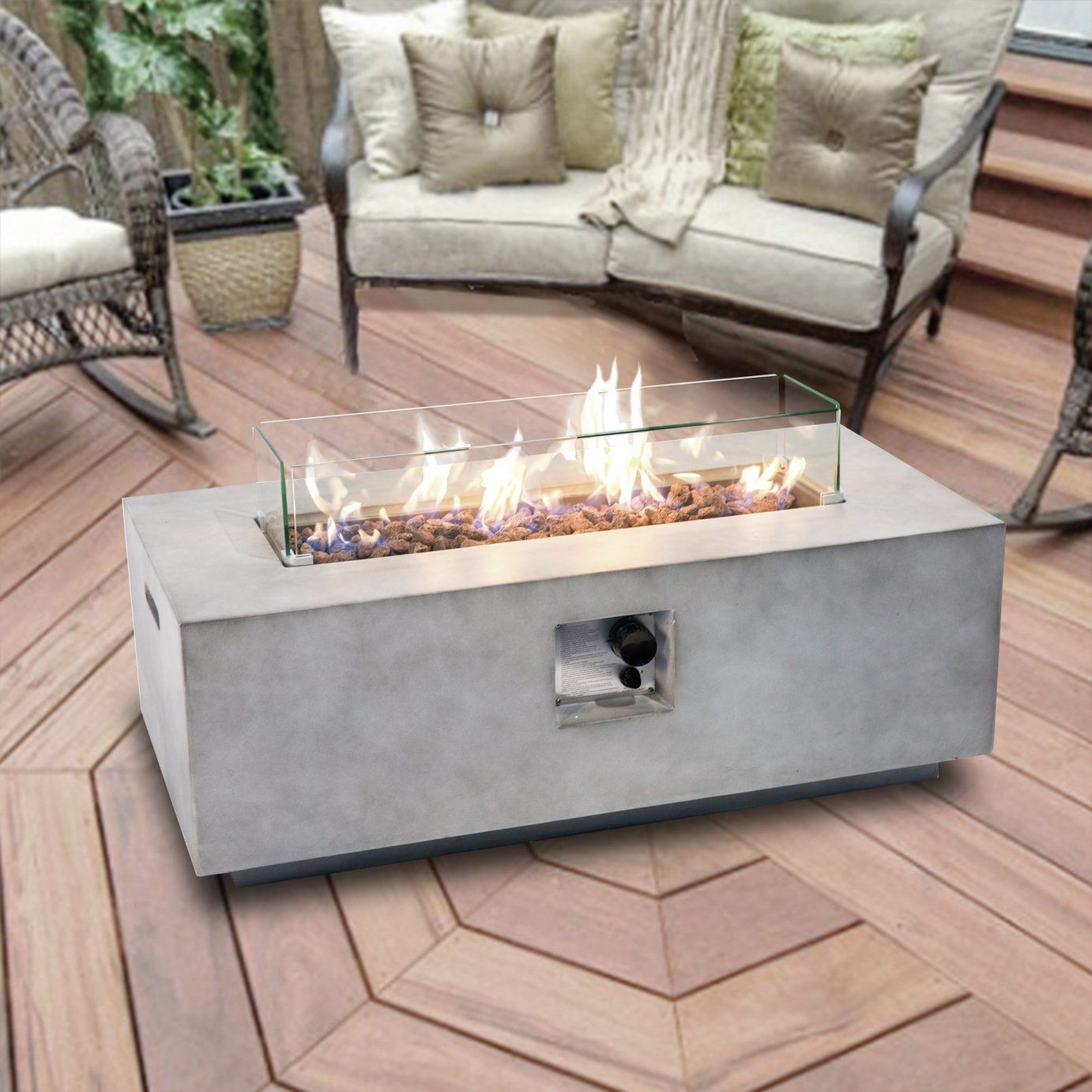
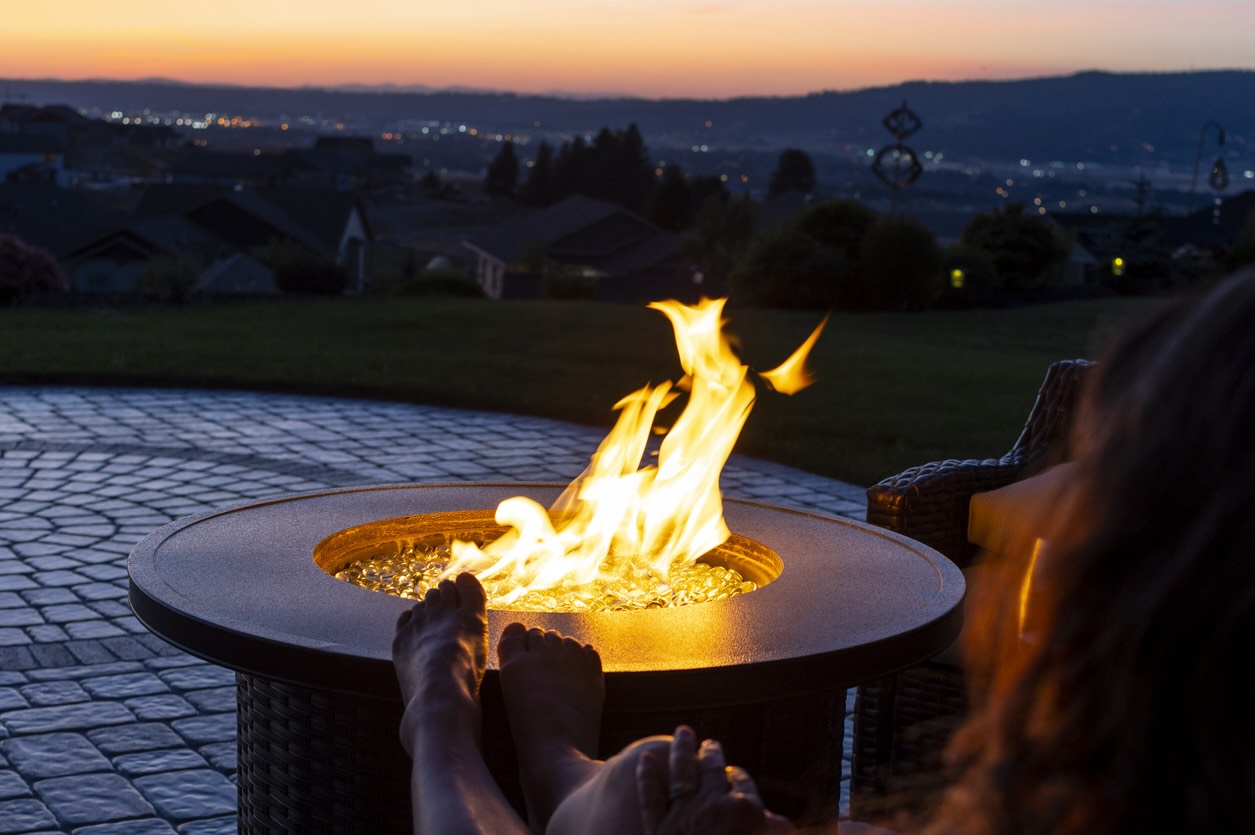
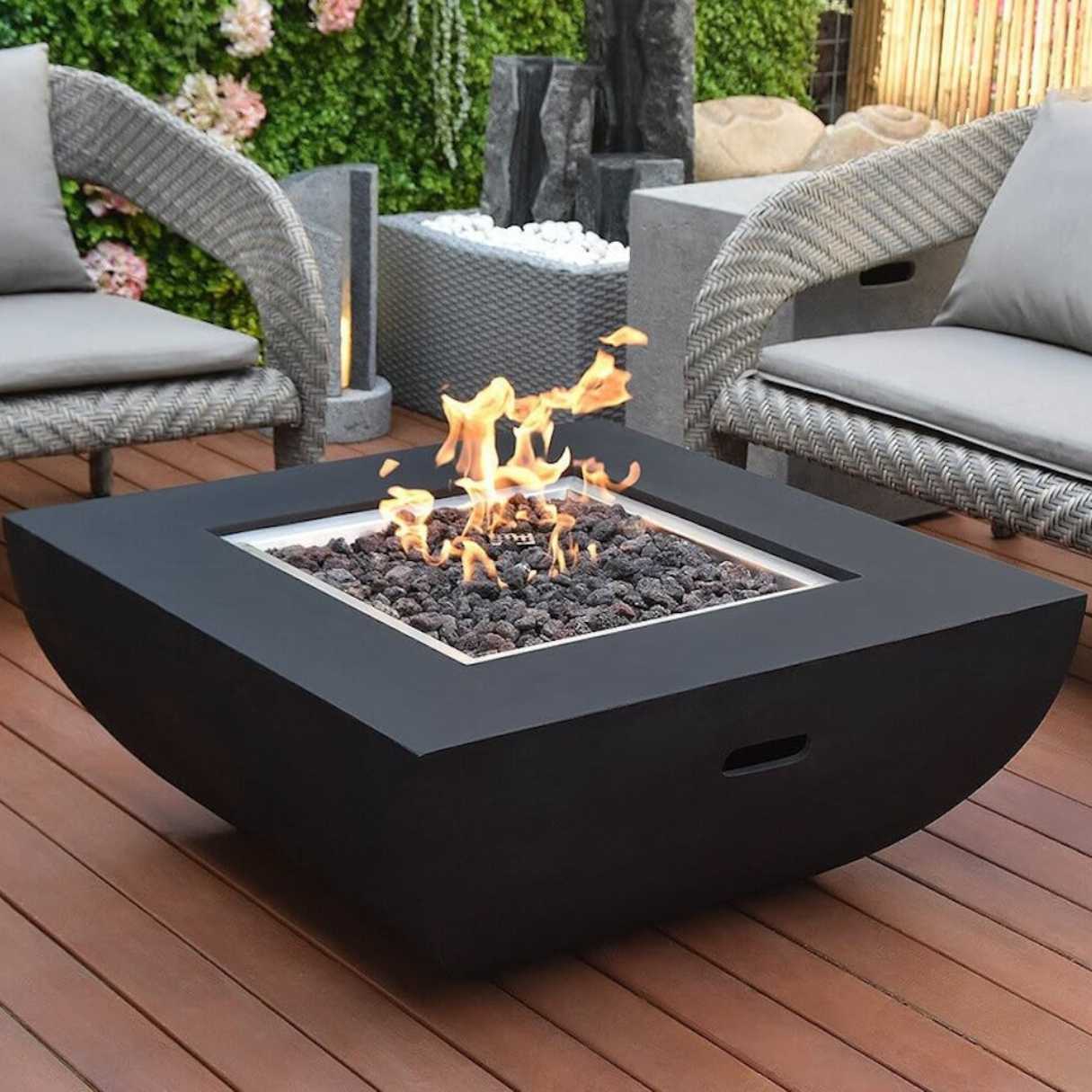
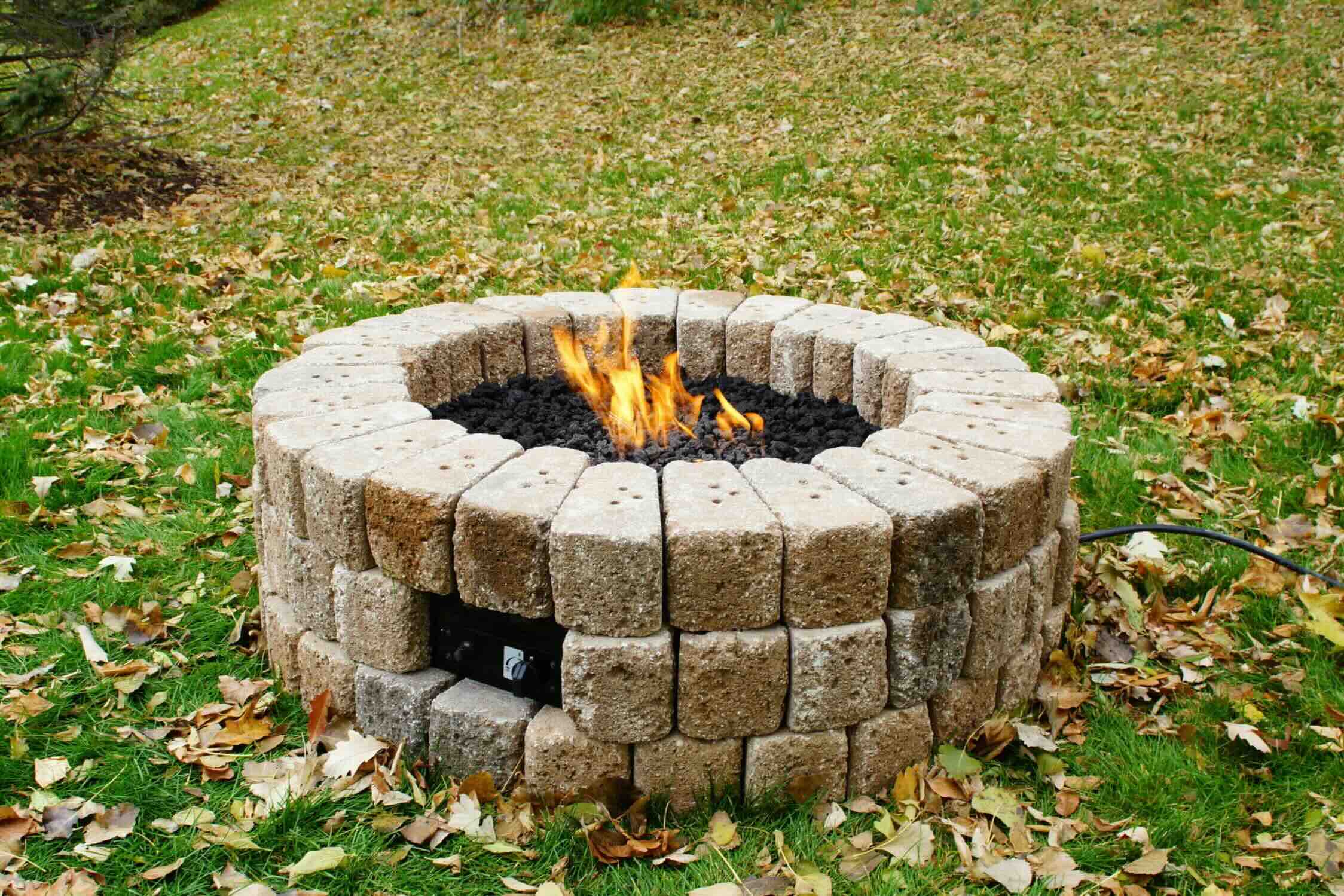
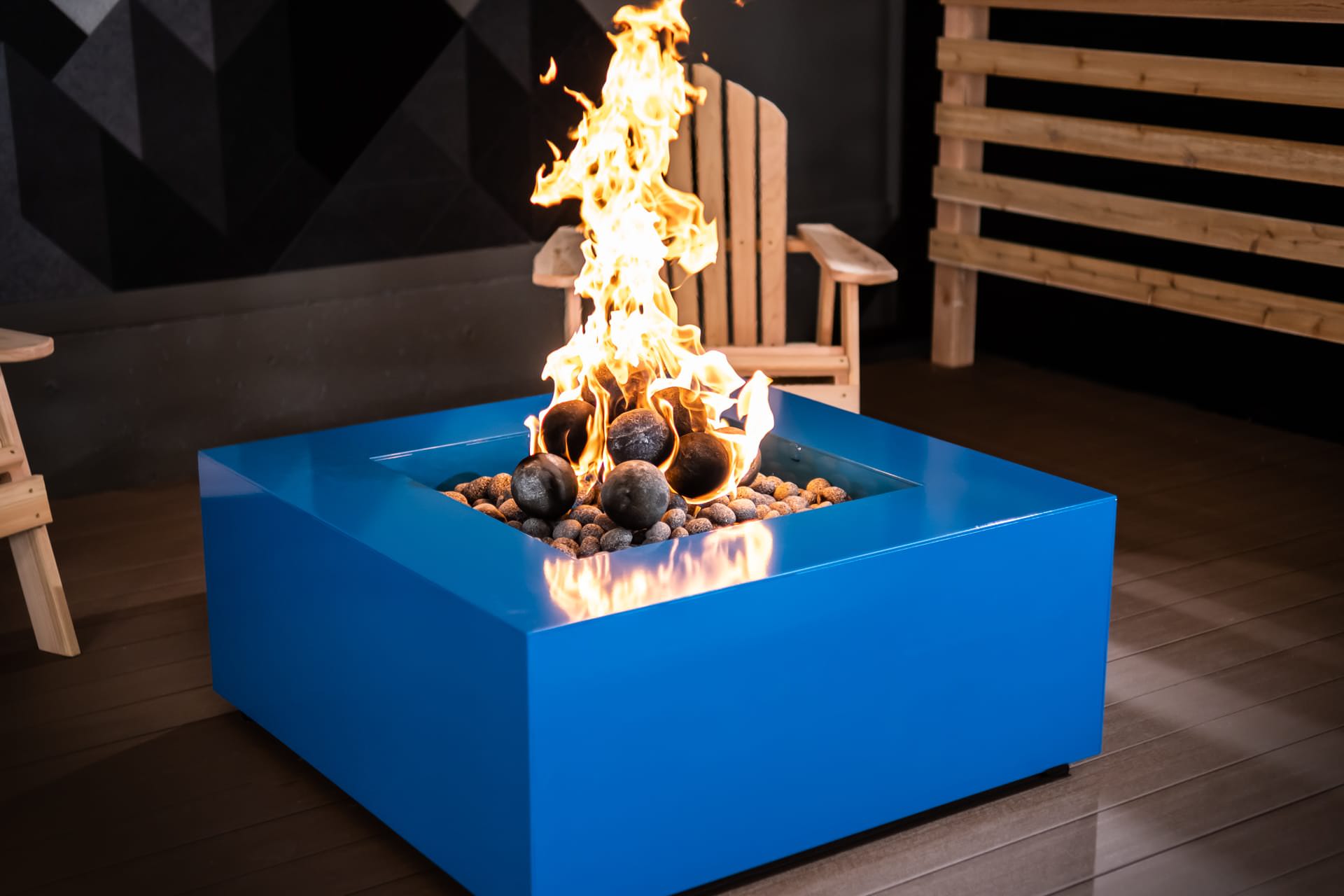
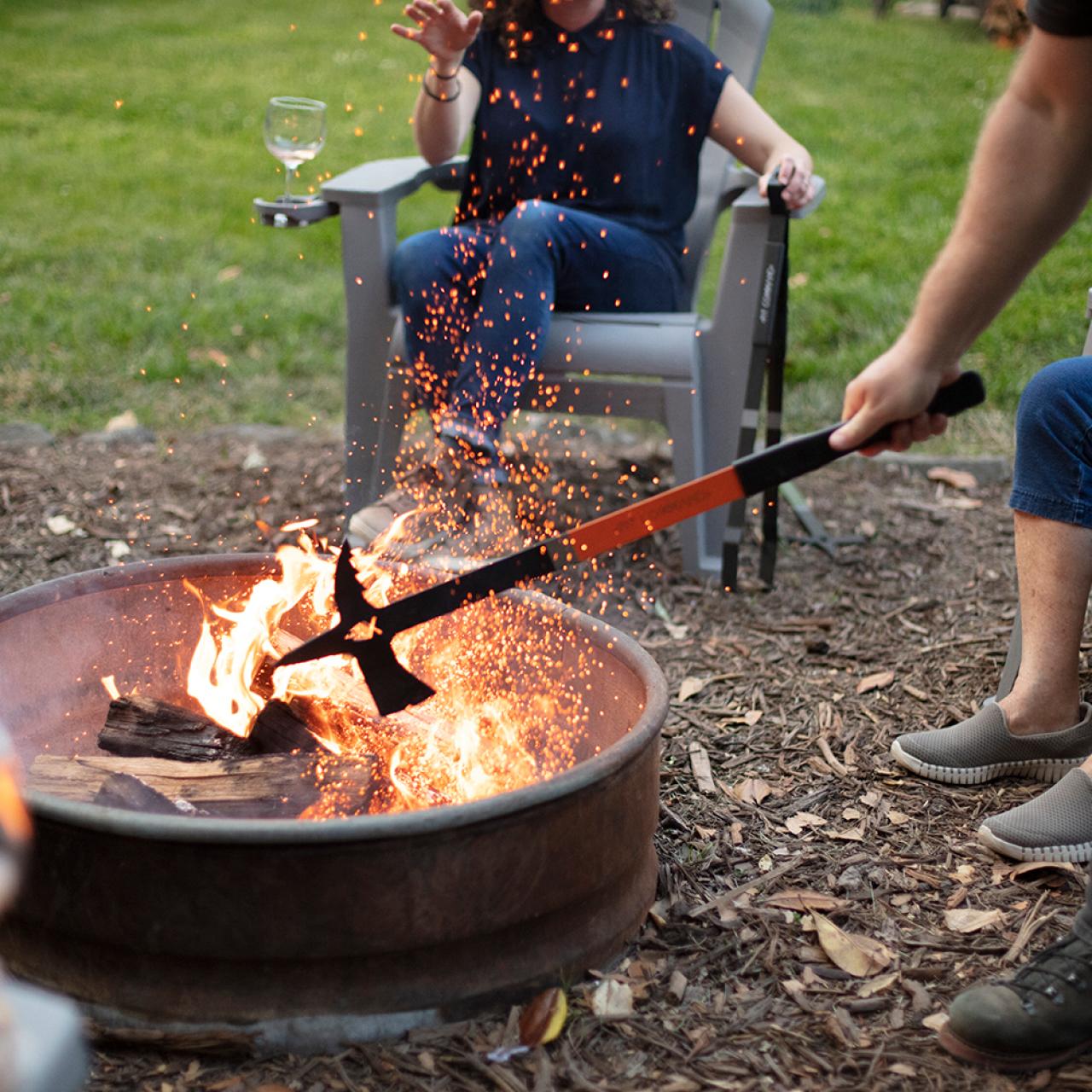
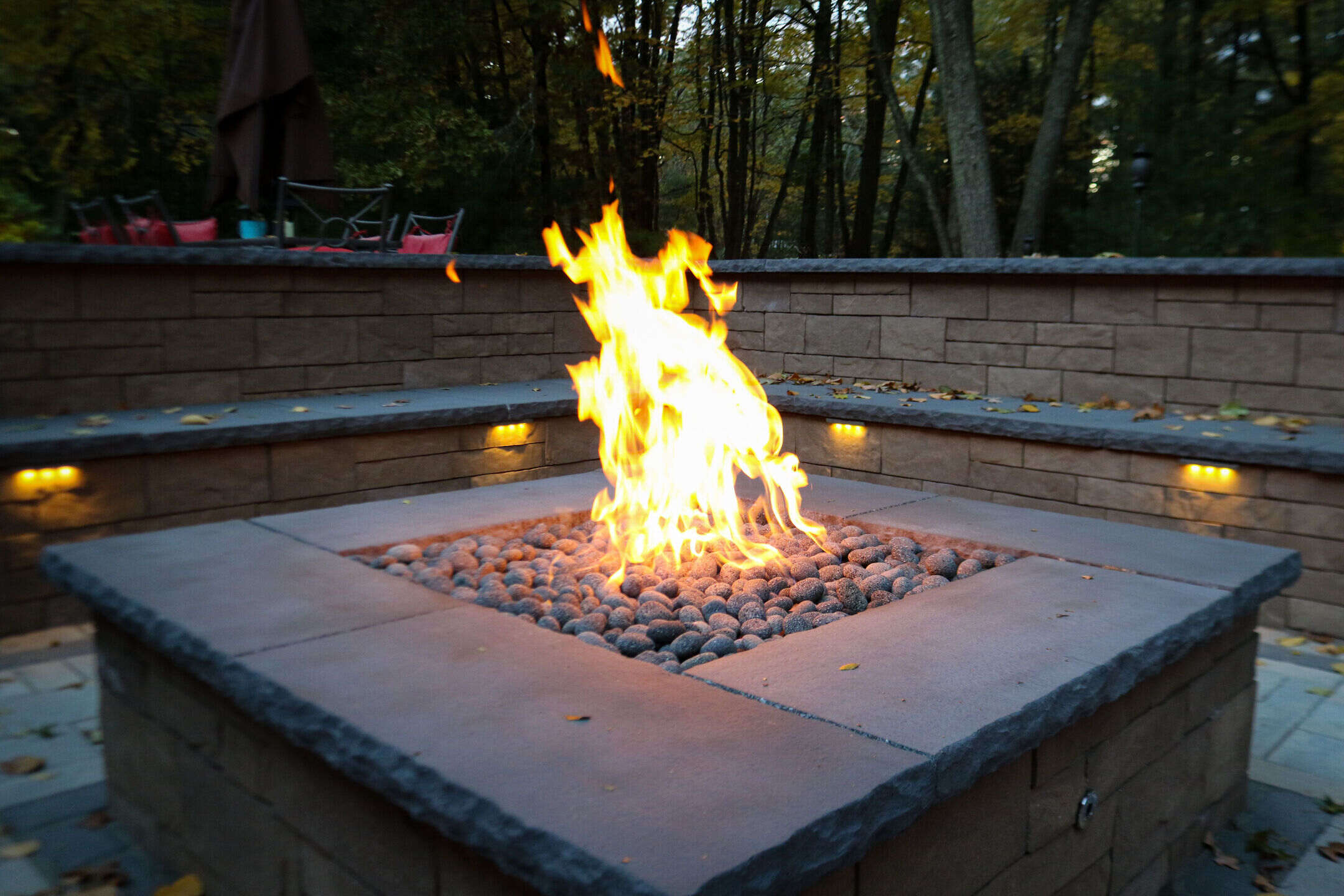
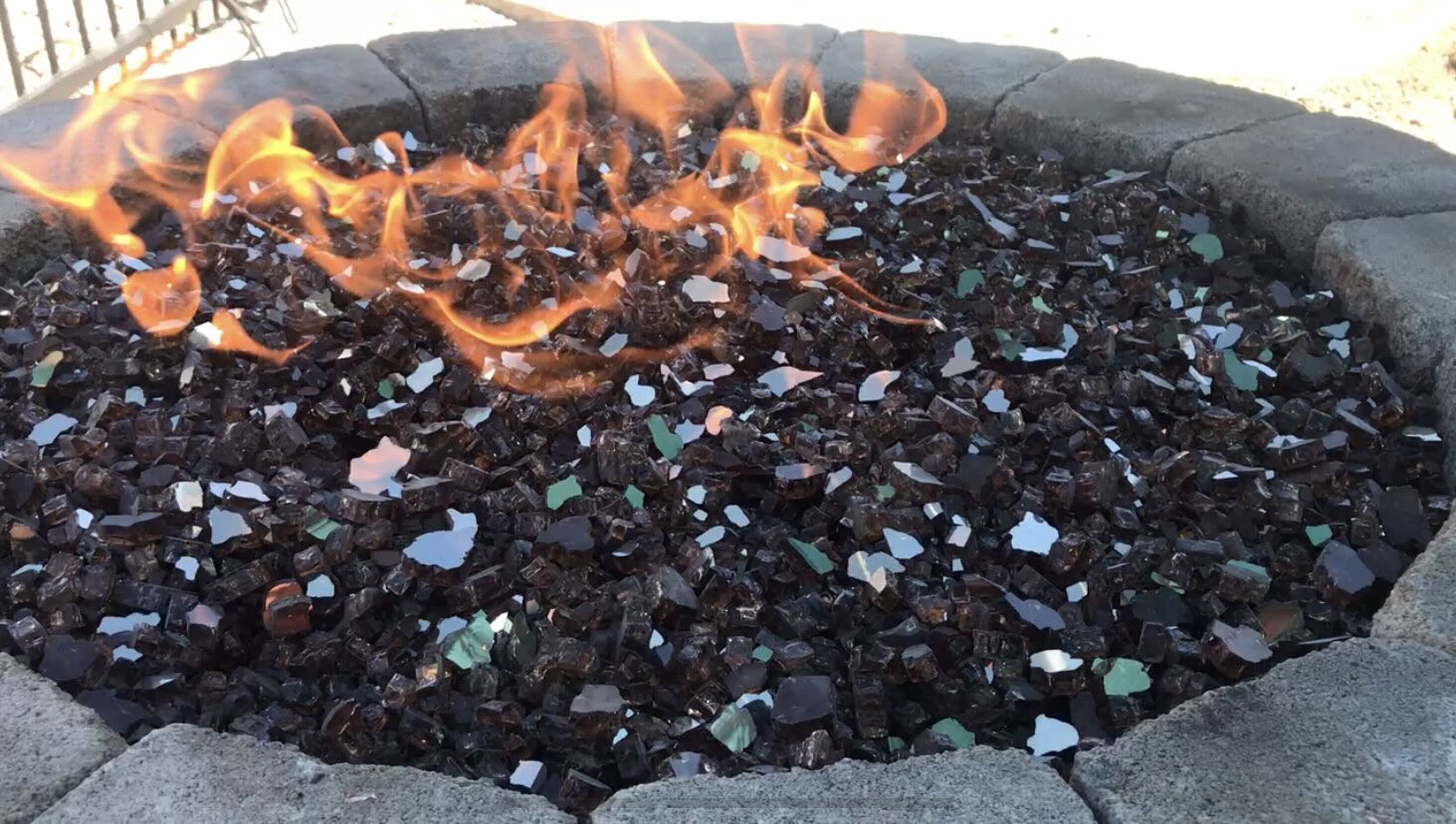
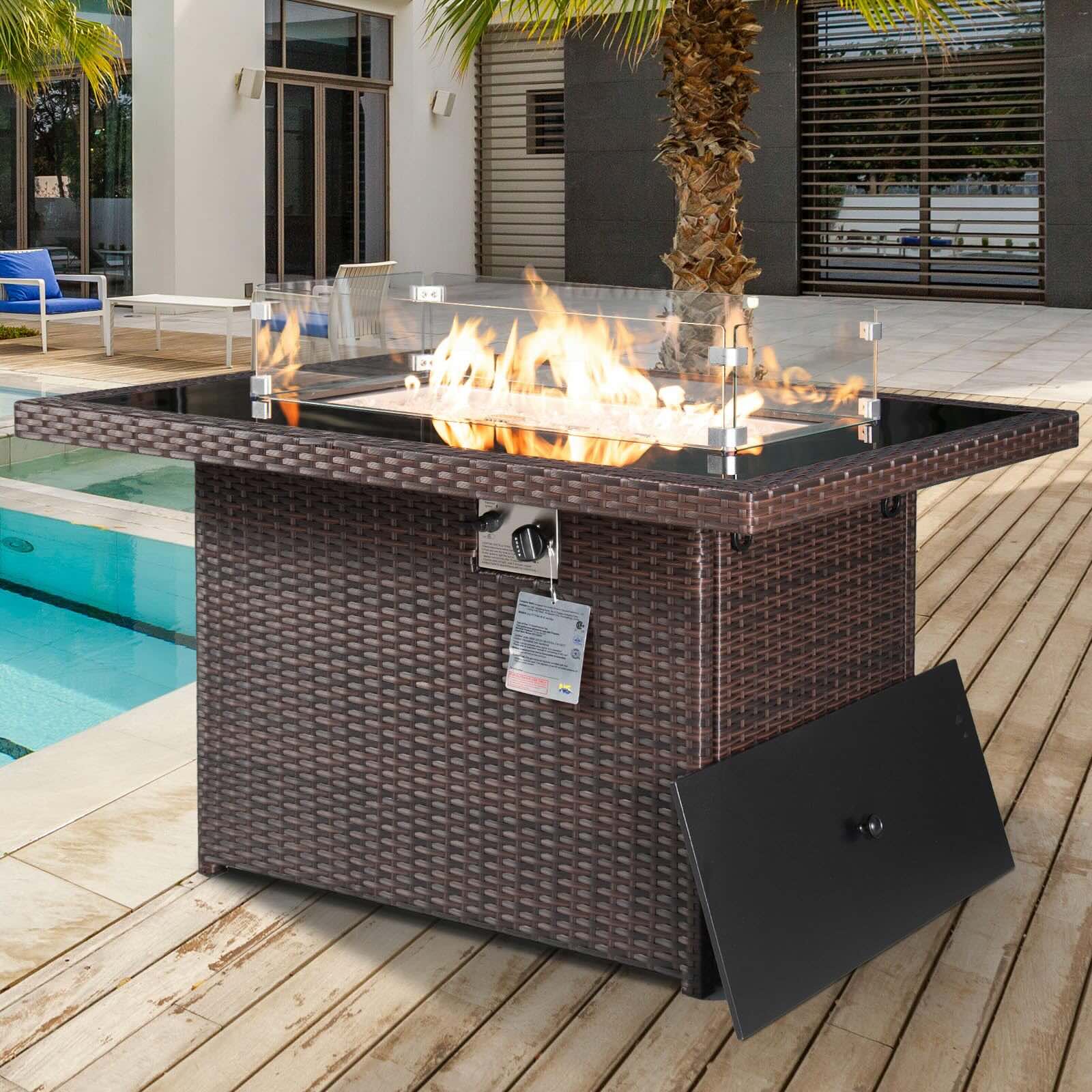
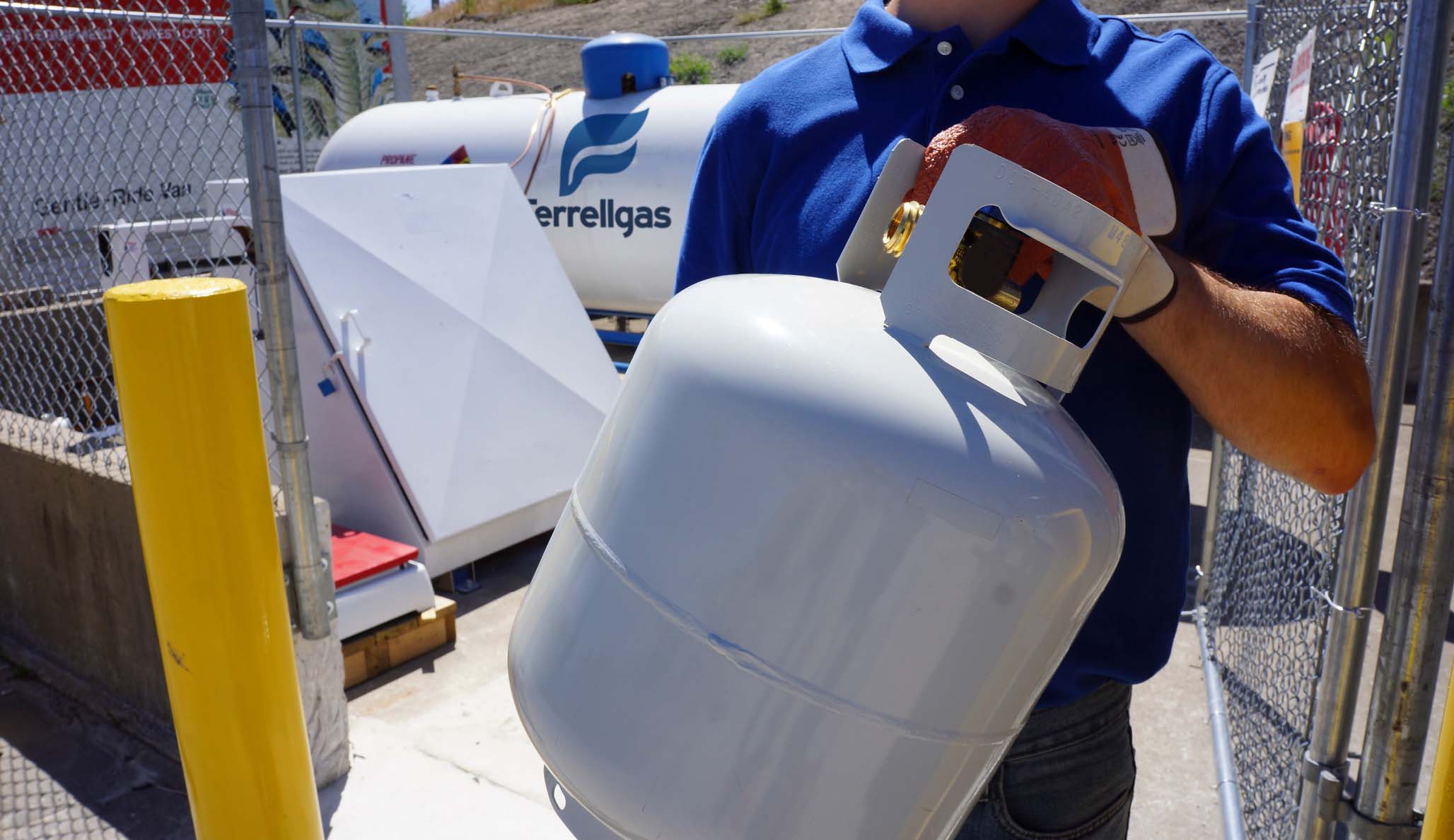
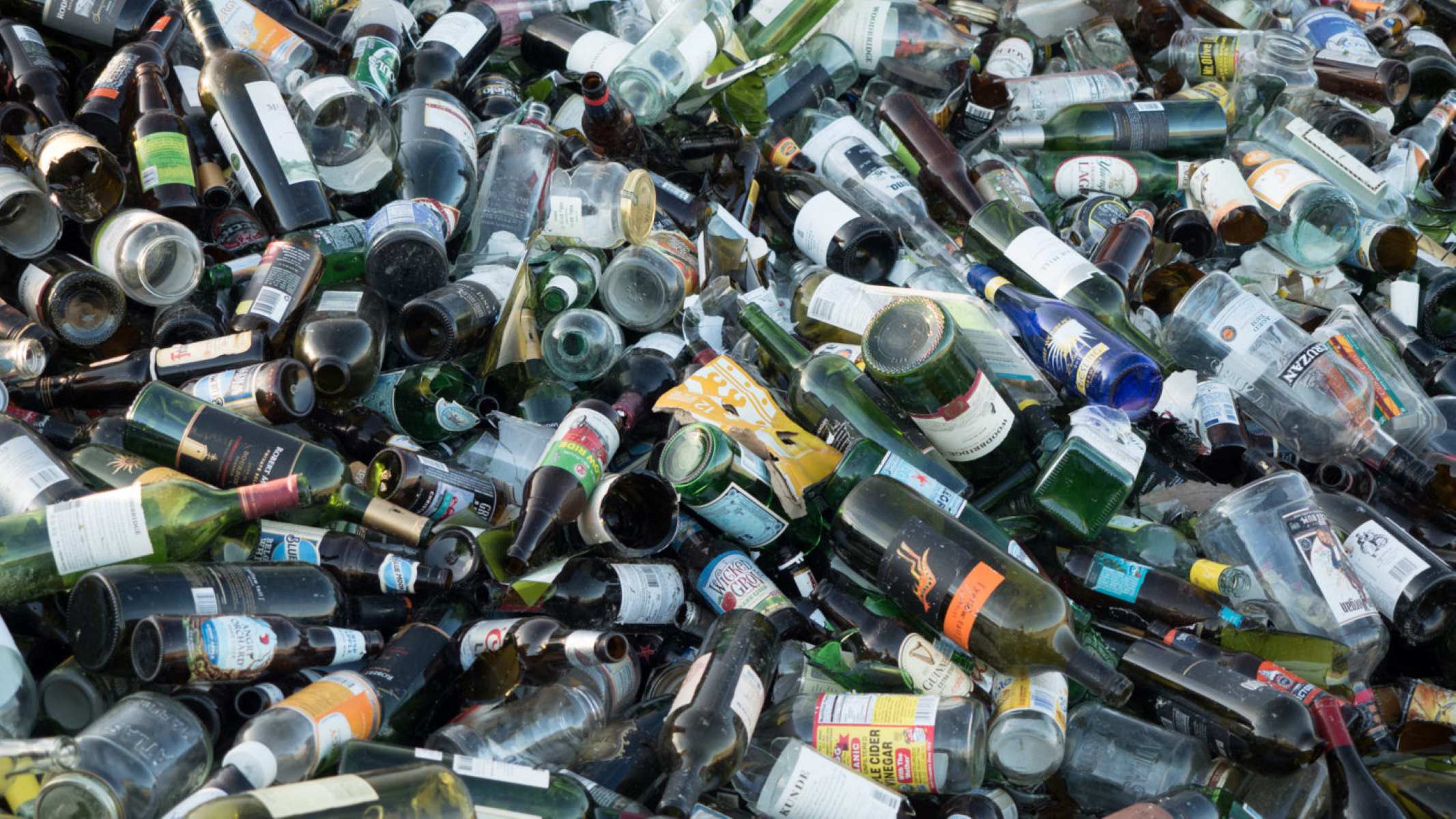
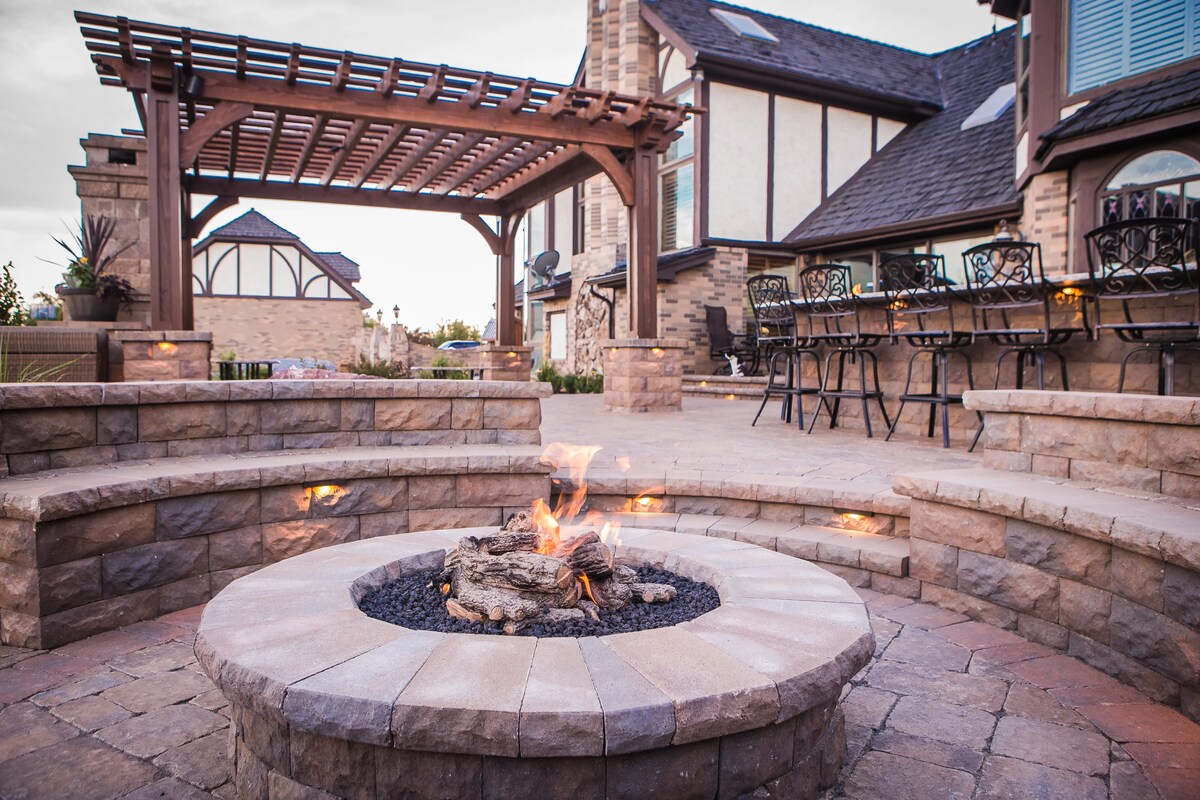
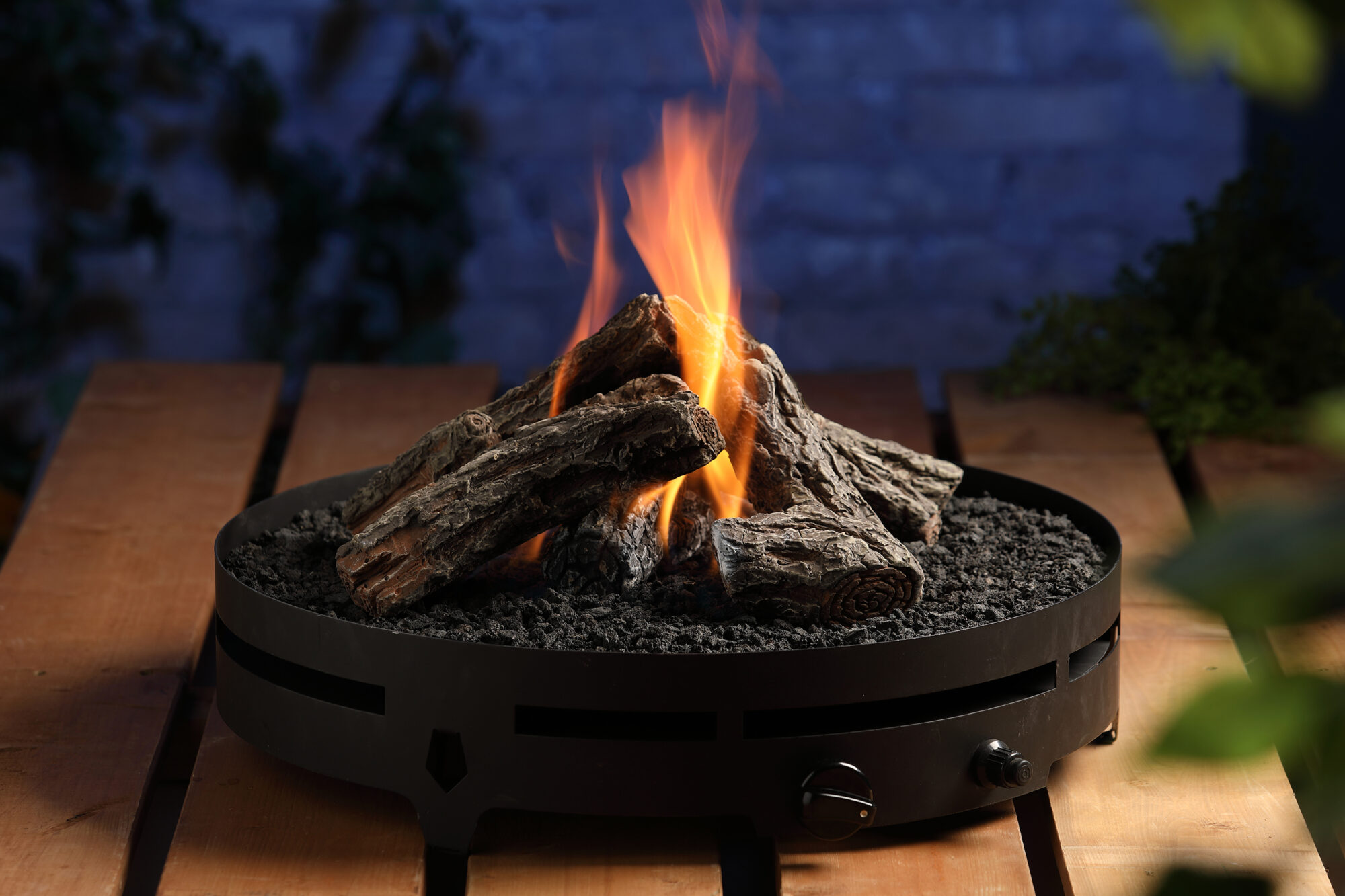
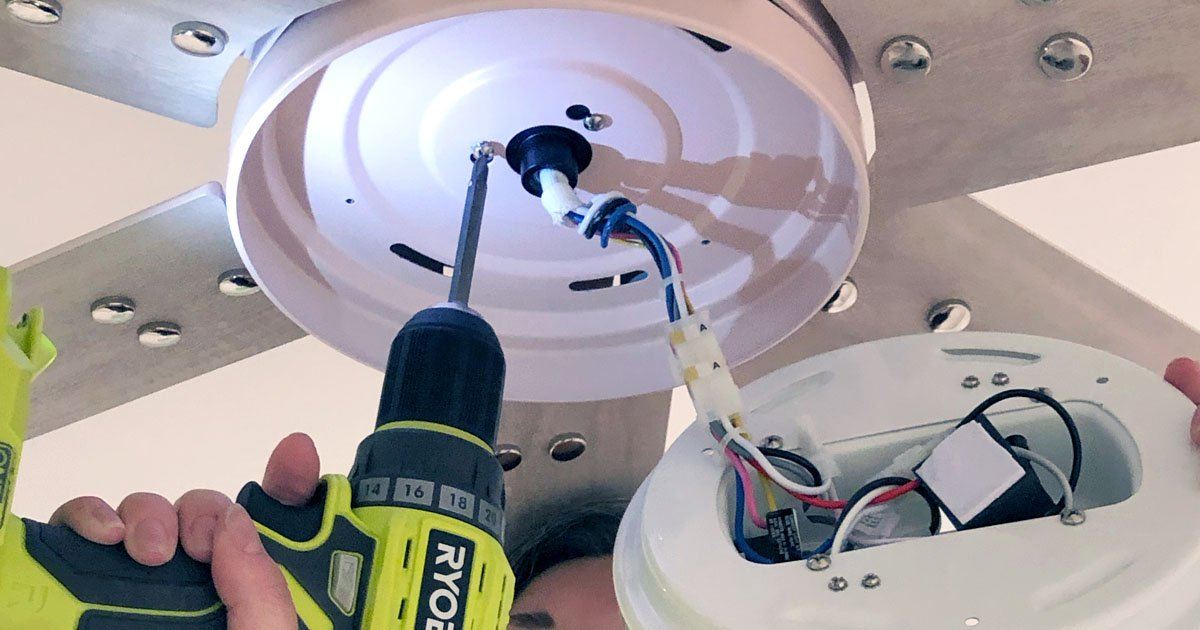

0 thoughts on “How Long Does It Take For A Gas Fire Pit To Cool Down”